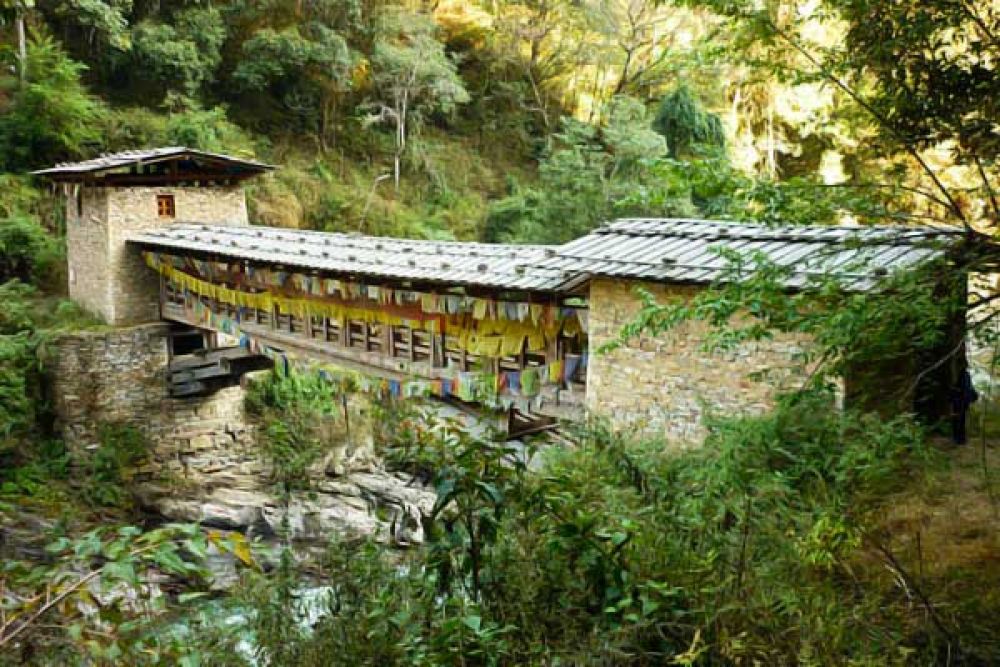

Nestled in the heart of Bhutan, Trongsa is a town steeped in tradition and history. Notably, it is the location of the Mangdue Foot Trail—a lesser-known but culturally rich hiking path that treks alongside the Mangde Chhu (Mangdue River), offering breathtaking views and an authentic experience of Bhutanese rural life.
Historically, tourism in Trongsa and the wider region of Bhutan has been regulated strictly by the government to preserve its unique culture and pristine environment. Bhutan first opened its doors to tourism in 1974 with the coronation of the fourth King, His Majesty Jigme Singye Wangchuck. Since then, the country has followed a philosophy of "High Value, Low Impact" tourism.
The Mangdue Foot Trail has not always been well-known to the outside world. Initially serving local inhabitants as a means to travel between villages and navigate the rugged landscapes, it became part of sustainable tourism initiatives encouraged by Bhutan to expose visitors to more authentic and community-based experiences.
Current trends in Bhutanese tourism focus on sustainable practices and immersive cultural experiences. With an increased global interest in wellness and ecological conservation, Bhutan has seen a rise in demand for experience-oriented travel such as trekking, meditation retreats, and cultural homestays.
The Mangdue Foot Trail is part of this latest trend, allowing travelers to enjoy a multi-day hike through verdant forests, across suspension bridges, and into villages that offer insights into the local way of life. Tourists can learn about traditional Bhutanese architecture, spirituality, and daily routines in a manner that is respectful to the environment and beneficial to the local economy.
Trekkers on the Mangdue Foot Trail can expect a moderate-level hike that encapsulates the essence of Bhutan. The trail delivers not just natural beauty but also a historical journey, passing significant landmarks such as the formidable Trongsa Dzong, the ancestral home of Bhutan's monarchy. The presence of chortens, prayer flags, and mani stones along the trail provides an ever-present spiritual atmosphere.
Moreover, with tourism initiatives focusing on community development, there are increased opportunities to interact with locals through village visits and cultural exchanges. The Mangdue Foot Trail serves as a bridge between the traveler seeking authenticity and the local communities preserving their way of life.
Visitors interested in the Mangdue Foot Trail should be aware that all trips to Bhutan must be booked through a registered Bhutanese tour operator. This includes the payment of a Daily Tariff which covers accommodation, transport, a guide, and most meals. When planning to hike in Bhutan, it is also important to consider the country's distinct seasons, as weather can greatly impact travel.